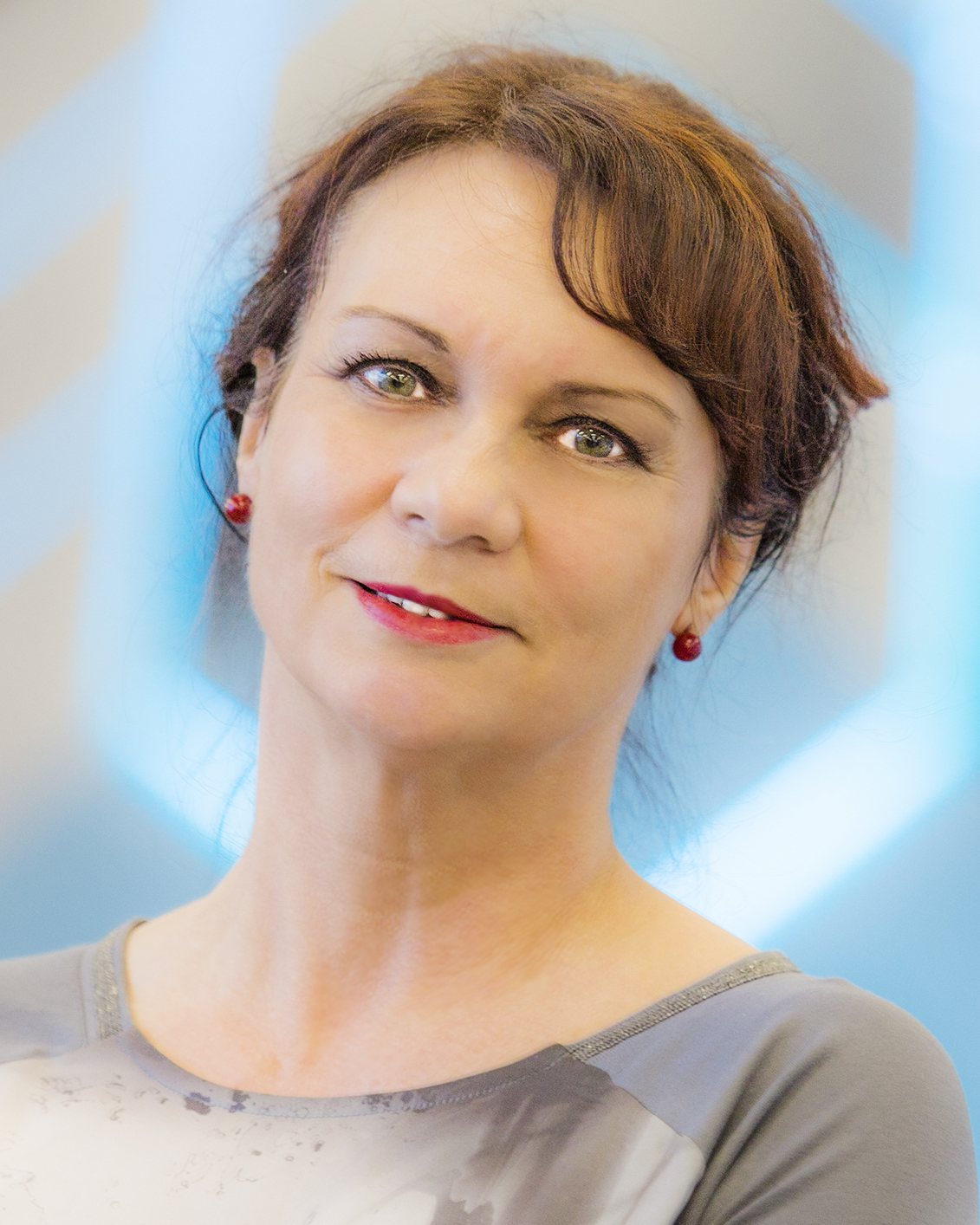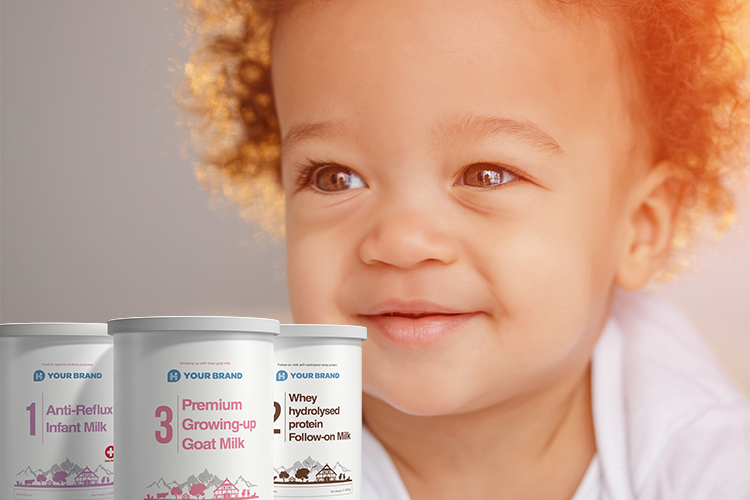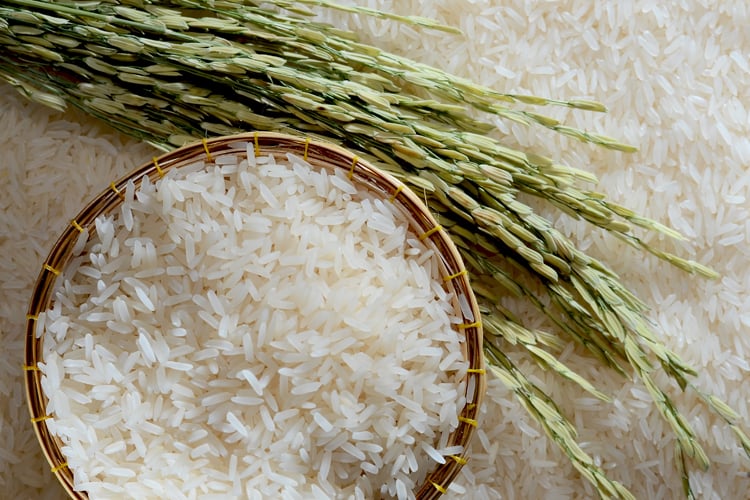The first rays of sunlight peek into the nursery. They gently tickle Bruno and our little bundle of joy awakes. The little one squeals and babbles cheerfully in his cot, pulls himself up on the bars and, as he does every morning, lets one stuffed animal after another fall to the floor, fascinated. At exactly 5.30 a.m. on a Sunday morning, his last cuddly friend hits the ground. The first work of the day is done; now it's time for the first pangs of hunger. Bruno crows for his parents and breakfast. Mum and Dad can forget any thought of sleeping in.
There's some serious crowing a few kilometres down the road too. Out in the countryside, the proud rooster Konstantin gives his free-range chickens a proper wake-up call at 5.30 every morning. Time for farmer Toni to milk his cows and let them out to pasture. Fiona, the lead cow, is already mooing with her cow friends in front of the milking parlour. A few minutes later, her milk flows through the milking machine directly into the milk tank, where the "white gold" is cooled to 3 to 4 C°, ready for further processing. After breakfast – Fiona receives some concentrated feed matched to her milk yield – it's off to the pasture for her well-deserved dessert: lush grasses, tasty clover and aromatic herbs.
Quality checks from the first collection
In the meantime, the rooster and Bruno have both stopped crowing. Fiona is also lying peacefully in the meadow, chewing her cud, while her milk is transported to HOCHDORF by tanker truck, as it is every second day.
Before loading, the driver checks the milk for smell and appearance (sensory sample). A quality and reference sample is also automatically taken from each collection in the truck. For Toni the farmer, there are more checks to come. The milk his cow's produce is tested several times a month, based on a range of criteria like bacterial exposure, cell count, inhibitors and freezing point.
As well as HOCHDORF, Toni also supplies cheese dairies with milk. Cheese production results in valuable whey. This whey is concentrated at the cheese dairy and temporarily stored in a tank at 6 to 8 °C, ready to be transported to HOCHDORF for further processing too. The whey is subject to the same strict quality criteria as milk.
Before we accept the load at HOCHDORF, an incoming sample is taken from each delivery.
Whether it’s milk or whey, the cold chain cannot be interrupted during transport. Before we accept the load at HOCHDORF, an incoming sample is taken from each delivery for a quick test and temperature control. If it's classed as perfect, the raw material can then be processed further. And this happens very quickly – on the same day. After all, Bruno and all the other babies have the right to expect perfect, healthy food.
From centrifuge to evaporator
Normal cow's milk would not agree with Bruno at all. Still just a few months old, he needs specially produced infant formula if he can't be breast fed*. Even in skimmed milk, the high protein content of cow's milk, especially, would create too much strain on his kidneys. Babies should only have normal cow's milk with their baby food after six months, an even then intake should be limited to 200 ml per day.
In a first step, we standardise the milk for infant formula into skimmed milk in the centrifuge, removing the fat. This is necessary because milk is a natural product and its fat content is subject to seasonal fluctuations.
Now we pasteurise the skimmed milk for milk powder using a short and gentle heat treatment. Among other things, this deactivates enzymes that could have an adverse effect on the fat or protein of the milk powder during storage. This step is not required for whey.
We split milk and whey into their natural components so that they can then be used in our infant formula recipes in a customised and optimised way.
We then split the milk and whey into their natural components, allowing them to be used in our infant formula recipes in a customised and optimised way. This process produces minerals and milk sugar – also known as lactose – in a concentrated form. Both are important components of infant formula.
Now we gently concentrate the standardised milk in a vacuum and at a temperature of about 50 °C to around 50 per cent dry matter. In technical terms, we refer to this as evaporation. The result is a high-quality milk concentrate, which we now add to the "wet mix" in our mixing plant. The whey or permeate, on the other hand, has to be processed further before it can be mixed.
The order of ingredients is crucial for mixing
What do we mean by the "wet mix"? To produce infant formula, we have to mix the different ingredients (such as milk concentrate, lactose, minerals, fats and vitamins) in the blender. The order in which the ingredients are added, the temperature and the amount of time the mixtures are allowed to stand are crucial for the properties of the infant formula. To make sure that the various ingredients mix evenly with the milk concentrate, we homogenise the "wet mix" again before the drying process. Mixed and ready to use, infant formula needs to be homogeneous and creamy – but it also has to taste good. These are features common to all HOCHDORF infant formulas. Bruno is satisfied. In no time at all, he has finished it all. And of course, the obligatory burp follows to entertain mum and dad.
The order in which the ingredients are added, the temperature and amount of time the mixtures allowed to stand are crucial for the properties of the infant formula.
Now we can process the concentrate into powder using the spray-drying process. Spray-dried milk powders are highly soluble in water so the mixed concentrated is atomised to a fine mist in the upper area of a cylindrical spray tower, which is about five storeys high. The surface area of the drops is greatly enlarged, resulting in fast water delivery. Air that is cleaned and warmed up to 200 °C flows through the spray tower. The drops slowly sink and the water evaporates at the same time. Spray drying is a very gentle process. Because the evaporating water cools down the milk substance, the powder itself is hardly heated. Afterwards, the powder is dried on a flow bed.
Sustainable production
Producing milk powder and infant formula is energy intensive. At HOCHDORF, our business depends on a stable environment, so we regularly invest in measures to improve energy efficiency and reduce CO2 emissions. We sell HOCHDORF infant formula directly to our customers in its final packaging, such as cans or tubular bags in folding boxes, and we also have our own brands: Bruno's parents, like many generations before them, chose Bimbosan. Whether babina, Bimbosan or private labels, HOCHDORF develops and produces various formulations, including lactose-free and vegan products, as well as specialist foods for very sensitive tummies. After all, every child has different requirements. We also produce a large range of organic products in addition to our conventional varieties.
Complete quality assurance
All our products are subject to very strict quality controls. These apply to all the raw materials we procure, not just milk and whey. With infant formula in particular, there is a zero tolerance policy for mistakes. Our quality assurance starts with the raw materials, continues through production and culminates in the completed product. Our employees conduct regular tests during production and there are also automatic checks built into the production process. Our lab technicians carry out micro-biological, physical, analytical and sensory tests in the lab.
The quality assurance for infant and follow-on formula currently comprises 25 chemical-physical and 13 micro-biological attributes. The required parameters for each product are listed in a detailed monitoring plan.
All our products are subject to very strict quality control. With infant formula in particular, there is a zero tolerance policy for mistakes.
The raw ingredients we use are just as important when it comes to producing a perfect finished product. We therefore involve our suppliers in the quality assurance process. A quality agreement also includes them in the obligation and responsibility for quality assurance.
It's lunchtime again and Bruno has no interest in controls or physical attributes. The game with the soft toys and gravity is over. Now he calls for lunch from his baby seat at the dining table. Just like that, it's time for the next experiment. Bruno tries his first Bimbosan vegetable porridge. Tastes good? Not half! Even daddy gets a spoonful.
And because every baby's day is different and every child is unique, at HOCHDORF we have a wide range of different baby foods and porridges. At HOCHDORF, we are ready for lots of exciting baby days.
Interested to find out more how milk powder is made? Watch our film "The Milk Journey".
* IMPORTANT:
Breastfeeding is best for your child. Follow-on milk is only suitable for children over 6 months. Seek advice if you are unsure.
Further information









Leave a comment